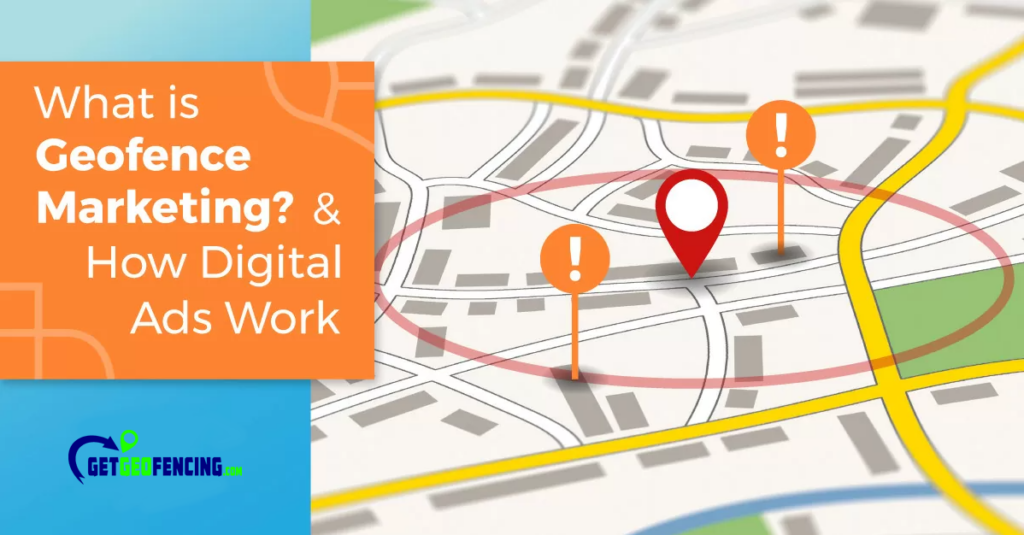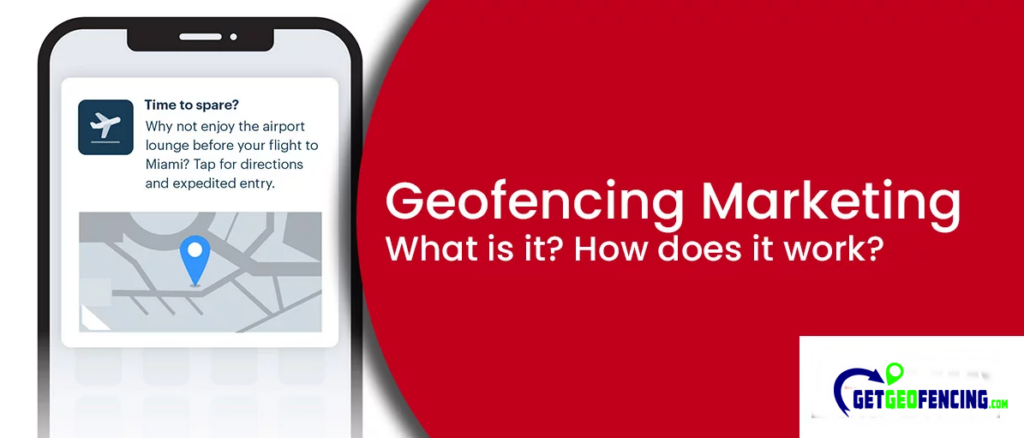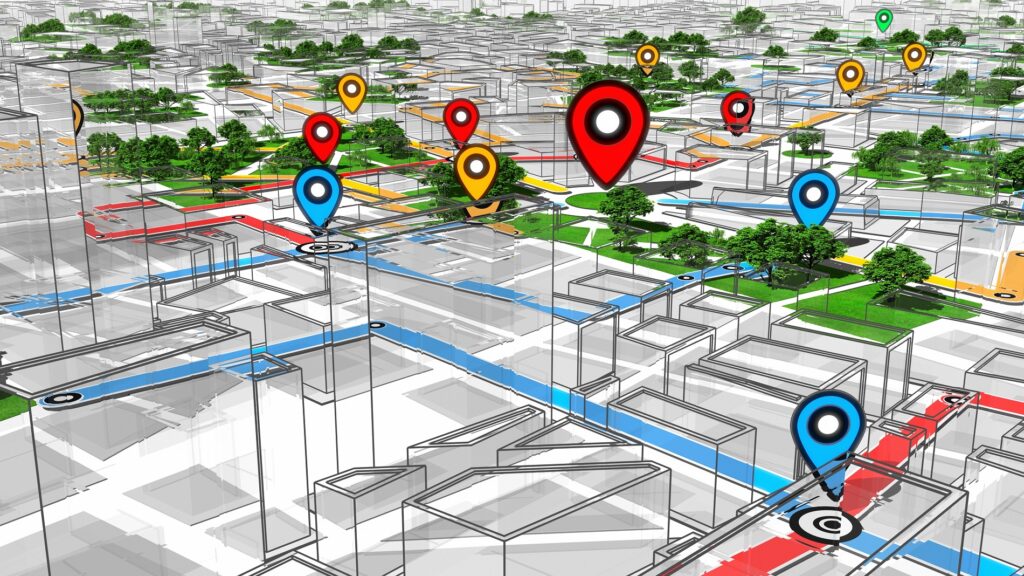Geofence Marketing For Retail
As the retail industry continues to evolve and embrace new technologies, one strategy is emerging as a game-changer: geofence marketing. This innovative approach is reshaping the retail landscape, helping businesses connect with customers, increase foot traffic, strengthen customer loyalty, and boost sales. But what is geofence marketing for retail, and how can retailers maximize its potential?
Understanding Geofence Marketing
Geofence marketing involves setting up virtual boundaries or ‘geofences’ around a specific geographical location. When a mobile device enters this predetermined area, it triggers targeted advertisements or promotional messages from the business that set up the geofence. This precision targeting increases the likelihood of these customers visiting the store.

Why Geofence Marketing is Relevant for Retailers
Geofencing is gaining traction in the retail sector for several reasons:
-
Personalized Customer Experience: Geofencing gives retailers the ability to target customers with personalized content3. This personalization enhances the customer experience, fostering brand loyalty and driving repeat business.
-
Increased Foot Traffic: By targeting potential customers who are nearby, geofencing can significantly drive foot traffic to retail stores.
-
Real-time Insights: Geofencing allows retailers to gain real-time insights into consumers’ behavior and places where they are most likely to participate in shopping.
Successful Geofence Marketing Strategies
Several major brands are already experimenting with geofencing to deliver highly targeted advertising. For instance, a retailer could set up a geofence around its store or even a competitor’s location. When a customer enters the geofenced area, they receive a promotional message or special discount offer, enticing them to visit the store.
Another strategy involves geofencing high-traffic areas like shopping malls or entertainment districts. Retailers can then send out notifications about in-store events, new product arrivals, or limited-time sales to potential customers in these areas.

How Geofencing Can Supercharge Retail Sales
Geofencing marketing is a highly targeted way to attract customers and boost sales. By delivering personalized and timely advertising to consumers already in or near the store, geofencing can encourage immediate visits and purchases. Plus, the data collected through geofencing can help retailers refine their marketing strategies, understand customer behavior better, and ultimately increase sales.
Comparing Geofence Marketing to Other Types of Marketing
Compared to other marketing methods, geofence marketing offers several unique advantages:
- Targeted Advertising: Geofencing ensures advertising efforts are concentrated on individuals who are physically close to the store and likely interested in the products.
- Real-time Engagement: Geofencing allows for immediate communication with potential customers, often at times when they’re most likely to make a purchase.
- Data Collection: Retailers can track how many people saw the ad, how many acted on it, and adjust their marketing strategy accordingly.
- Cost-effective: With geofencing, resources aren’t wasted on wide-reaching, unfocused advertising. Marketing budgets are spent on reaching out to people most likely to become customers.
In conclusion, geofence marketing is revolutionizing the retail industry. By leveraging this technology, retailers can enhance the customer experience, drive foot traffic, gain valuable insights, and boost sales. Indeed, the future of retail marketing is here, and it’s called geofence marketing.


